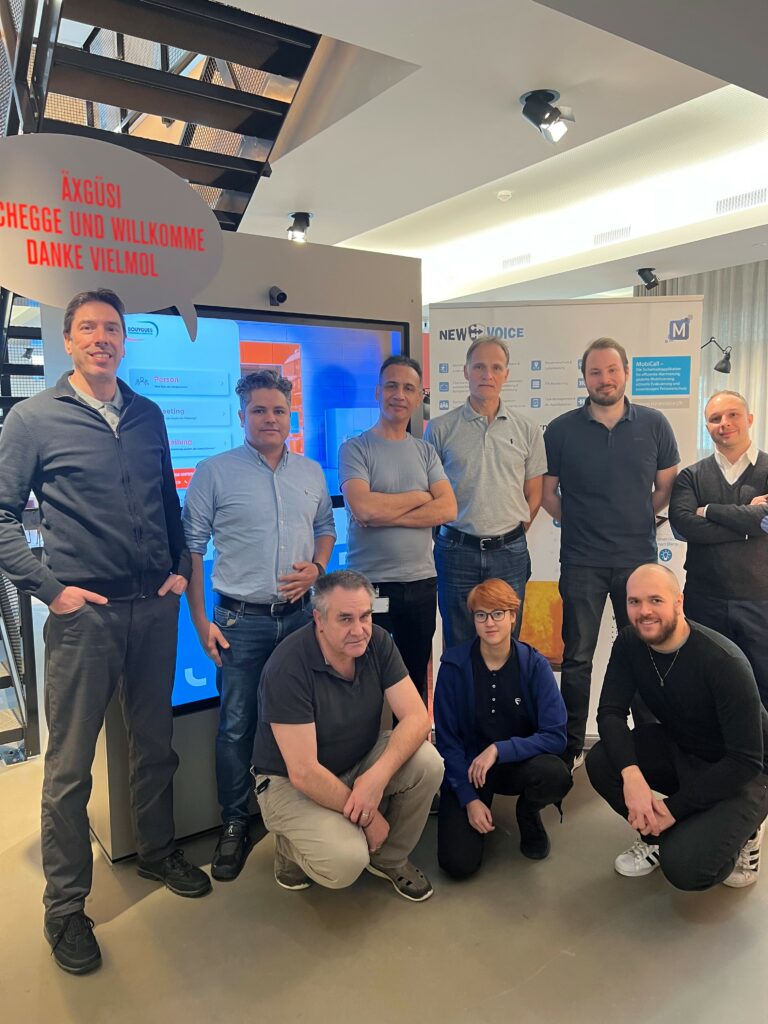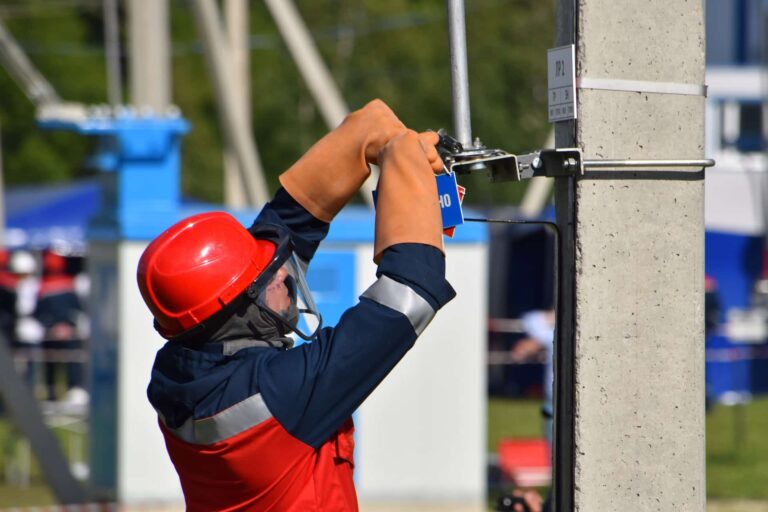
Industrial PC for your security infrastructure
What is an industrial PC?
Industrial PCs have become an increasingly popular tool for companies to incorporate into their security infrastructures. An industrial PC is a computer that is built with features that are specifically designed for certain tasks in the industrial environment; such as heavy-duty processing, enhanced durability, and/or improved reliability. Industrial PCs are typically used for mission-critical applications such as security surveillance and control systems, robotics, automotive and factory automation, medical equipment, and other projects that require specialized components and design.
An industrial PC provides enhanced security features over traditional PCs because of its ruggedness and versatility. This type of computer can generally handle more robust workloads than regular PCs, meaning they can be used in a variety of ways regarding company-wide safety initiatives. These computers are less likely to crash than standard PCs due to their superior hardware components, as well as their insulated cases which protect them from dust or water damage.
In addition, many industrial PCs come with embedded operating systems which eliminate the need to install additional software or update the system regularly. This means less maintenance and reduced IT costs overall.
Industrial PC benefits
The use of an Industrial PC for security infrastructure can provide a number of benefits to companies who choose this option. The most important benefit is the enhanced protection it offers against malicious activity on the network. Since these computers are highly secure against unauthorized access, viruses, Trojans, and other forms of malware cannot penetrate the system easily if at all.
Furthermore, these machines have been engineered to withstand physical abuse from outside sources so they remain safe from potential damage caused by intruders or sabotage attempts. For businesses dealing with sensitive data or financial transactions having this extra layer of protection is essential for ensuring customer data remains safe and secure at all times.
Another advantage of an industrial PC for security infrastructure is its flexibility when it comes to customization options; allowing companies to tailor their system specific needs in terms of data storage capacities as well as scalability requirements down the road should demand increase significantly over time. Additionally since these computers run on low power consumption levels they allow businesses to save money on electricity bills while still providing reliable performance levels without sacrificing any functionality or stability in the process.
MobiBBox
New Voice International has as well developed their own industrial PC for security – it is called MobiBBox and has all of our MobiCall features already installed on it. It is a perfect solution for your safety infrastructure, if you need a solution which is fast and reliable.
MobiBBox features:
- Ready to use
MobiCall is pre-installed and ready to use
- Low Maintenance
Support and configuration at any time via remote maintenance
- Server Operating System
Windows 2022 Server operating System
- Internal SMS Module
SMS module – requires SIM card only
- No Moving parts
- Connections
8 integrated contacts & 2 integrated relays
- Integrated Web Server
For an intuitive configuration
- Modules & Interfaces
MobiCall modules and interfaces can be unlocked
- Double Power
High performance due to increased RAM and hard disk MobiBBox is a perfect “plug and play” industrial PC for you security needs as it comes already with preinstalled MobiCall software which can be easily connected to the existing security infrastructure in your company.
Read more: MobiBBox
Conclusion
To summarize why companies should have an Industrial PC for security infrastructure is because it provides reliable performance levels along with robust protective capabilities against malicious activity on the network; allowing businesses both large and small peace of mind knowing that their valuable data remains safe from potential harm at all times regardless of external circumstances like weather or power outages etc..
Read more: Blackout management
Companies also get added flexibility when it comes to customization needs when using an industrial pc compared to traditional computers; saving them time and money in terms of IT maintenance costs since there’s no need for additional installations or updates once installed properly initially.
Overall adding this type of device into any company’s existing infrastructure makes sense both economically and technically speaking providing better peace-of-mind long term while also helping reduce any potential risks associated with not having adequate safeguards in place should any unforeseen events occur down the line













